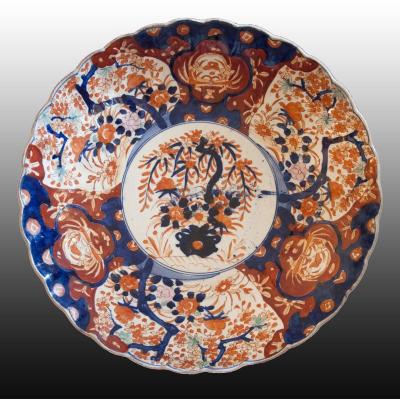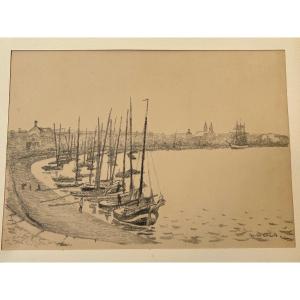In this collection 14 pages concern the island of Nootka (territory of the Nuu-chah-nulth) and our four engravings are the only ones related to the island of Nootka, a copy of these is kept in the Prints Cabinet of the BNF (reference: reserve F 24 G76 1796).
Jacques Grasset de Saint-Sauveur (1757-1810) was born in Montreal and came to study in Paris with the Jesuits in 1764. He quickly followed the diplomatic careers of his father and his brother. Was consul in Hungary then in Cairo, he traveled throughout his life.
He published numerous works including “Civil Costumes…” from 1784 from which the present engravings come and a Travel Encyclopedia containing the historical summary of morals, customs, domestic habits, religions, festivals…etc. from 1796 to 1804.
A very rich and yet neglected personality in Quebec literary history as well as French historians, Jacques Grasset de Saint-Sauveur was described by the French researcher Bernard Andrès as an “adventurer of the lights” because of his interests in multiple forms of writing: encyclopedias, stories of travel and discoveries, study of customs and costumes, mythological stories, manuals of morality and botany, theater, sciences and arts, cosmographic tables, but also libertine stories.
Nootka Sound, British Columbia, is an inlet located on the west coast of Vancouver Island, 270 km northwest of Victoria.
The first inhabitants of Nootka Sound were the Nuu-chah-nulth who lived by hunting and fishing. They are the only Aboriginal people in Canada to have specialized in whaling. Semi-sedentary, the Nuu-chah-nulth hunter-gatherers developed a very elaborate culture. The ceremony occupies a crucial place there (feasts accompanied by shows of songs, dances, competitions and theatrical performances).
The engravings made after the drawings of Jacques Grasset de Saint-Sauveur are a precious testimony to the know-how and refinement of these people. Note the reminder of the importance of fishing in the engraving “Daughter of Nootka” with the representation of drying fish, the fish motif drawn on the extraordinary hat of the engraving “Woman of Lysle of Nootka”, the precision in woodworking is recalled in the engraving “Man from Nootka” and finally the four engravings show the refinement of the weaving of clothing, the research in the adornments, more exuberant among the men than among the women.
A rather peaceful hunting people, it would seem that the title of "Nootka warrior" in one of the engravings probably relates much more to a theatrical performance outfit which the Nuu-chah-nulth were customary to, rather than to a fighter's outfit, as evidenced by the character's fanciful club and feather adornments.







































 Le Magazine de PROANTIC
Le Magazine de PROANTIC TRÉSORS Magazine
TRÉSORS Magazine Rivista Artiquariato
Rivista Artiquariato